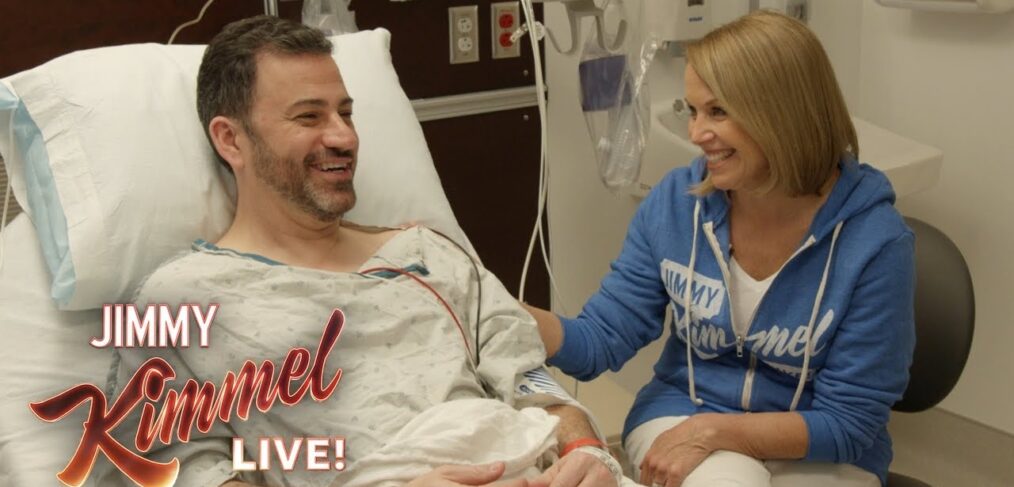
Getting young adults to talk about colon cancer
In 2017, researchers at the American Cancer Society reported a “curious” finding in their study of colorectal cancer in the U.S.
While overall rates have fallen, colon cancer rates have been increasing among young adults ages 20-54.
Researchers said young adults are more likely to be diagnosed with distant stage colorectal cancer “largely due to delayed follow-up of symptoms, sometimes for years because cancer is typically not on the radar of young adults or their providers.”
So how do we get colorectal cancer on the radar of young adults?
Approaches to Messaging
If we look to theory as our guide, one of the best approaches may be a combination of humor and endorsements.
When it comes to communicating colon cancer messages to young people, there are two main challenges.
First, many young people don’t perceive colon cancer messaging as being relevant because of a belief that colon cancer is something that happens to older people.
Second, many people simply aren’t comfortable discussing or thinking about colorectal health. This is something I’ve heard anecdotally from health care providers and some experts have echoed this.
Strategies in Action
Research shows that our cognitive processing of messaging is different based on whether we perceive something to be relevant or not relevant. When something is perceived as being less relevant, we’re less likely to pay attention to the logical arguments and more likely to pay attention to peripheral cues such as humor.
This likely explains why a humor or tongue-in-cheek strategy has been used quite frequently in colorectal cancer messaging. The Minnesota Department of Public Health used this type of approach in the billboard series with some funny creatives. You can check them out here and here.
Penn Medicine Lancaster General Health took a “lighthearted look at colonoscopy” with a couple toasting wine glasses with their colonoscopy prep drinks. Gastroenterology Associates of Colorado Springs has also gotten some attention for their “Up Yours” campaign.
Research also sheds light on how to increase social acceptability. One way is change norms is to show that a significant other engages in a behavior – in this case, getting a colonoscopy.
The significant other might be someone prominent in the community. In a colonoscopy campaign, this campaign featured a well-known local high school coach who was diagnosed at age 48.
Messaging can also use celebrities, who wield a significant amount of influence on societal norms. After Katie Couric underwent a colonoscopy as part of the Today Show, it led to an increase in colonoscopy procedures in what researchers called the “Katie Couric effect.”
Couric later appeared in a segment with Jimmy Kimmel when he underwent his colonoscopy. If organizations are looking to get colon cancer on the radar of young adults, they may want to consider taking a similar approach.


